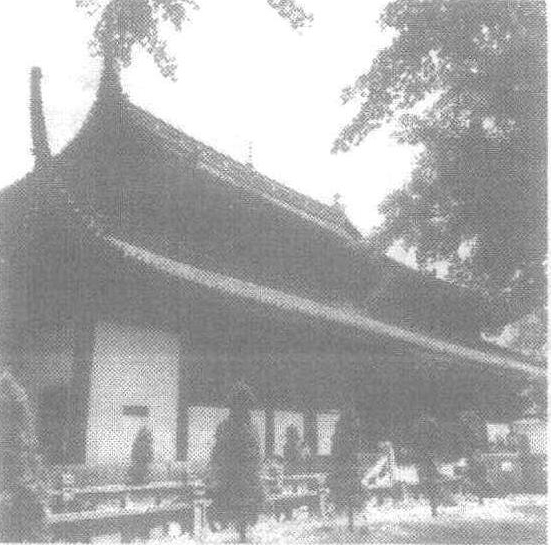玄妙观
道观。又名东华观。故址在甘肃兰州旧城东大街街北。始建于宋,明清重修。有前后殿两座。前殿为玉清宫,重修后由太华道人(明肃王朱识鋐)书写匾额。后殿二层,上层为供玉皇的清明阁,下层装一木制嘛尼法轮。轮八角三层,轮上塑九曜二十八宿星相,轮下每面塑夯神像一尊,作抬轮状。法轮四角柱上,有蟠龙四条; 四面各塑驾云站神一尊,三层计12尊。民国期间,先后被医院、警察局占用。今已不存。
玄妙观
道教宫观。在江苏苏州市内。创建于西晋咸宁二年(276),最初名真庆道院,唐代改称开元宫,北宋真宗大中祥符二年(1009)敕命更名天庆观,元代始改为玄妙观。清康熙年间极盛时有殿宇30多座,是全国大道观之一。后遭战火破坏,建国后对残存的主要建筑三清殿等进行了修葺。三清殿为南宋淳 熙 六 年(1179) 重建,是江南一带现存最大的木构建筑。重檐歇山,屋 顶 平缓,出檐较深,斗拱疏朗上昂,具有典型的南宋建筑风格。殿内砖须弥座上供奉泥塑三清 (即太上老君、元始天尊、通天教主)金身像。形像传神,衣着飘逸,是宋代雕塑的佳作。殿内还保存有唐代吴道子所绘老君像石刻,上有唐玄宗撰,颜真卿书的赞。1982年列为全国重点文物保护单位。

玄妙观
位于市西北隅,是一所大型道教宫观。“玄妙”二字出自老子“玄之又玄,众妙之门”语。玄妙观创建于元至正年间,明万历年间重修。规模宏大,占地面积150余亩,殿宇房舍300余间,为当时豫南道教中心。
玄妙观
位于县城小北门内西侧,靠近北墙元代“九老仙都宫”旧址。始建于唐开元年间。宋改称天庆观。元复改为玄妙观。清为避康熙皇帝玄烨讳,改“玄”为“元”。古观有六殿,今存三重殿,前为玉皇阁,中为三天门,后为玄武阁,均为明万历十二年(1584)重建。玉皇阁呈正方形,重檐飞举,翠瓦丹墙。玄武阁耸立于崇台之上,巍峨庄严。玉皇阁前有一“九老仙都宫记”石碑,立于元顺帝至正三年(1343)详述营建仙都宫始末。碑文出于明代书法家危素手笔,楷书,阴刻,书法骨气深稳,内容则为研究道教史的珍贵资料。